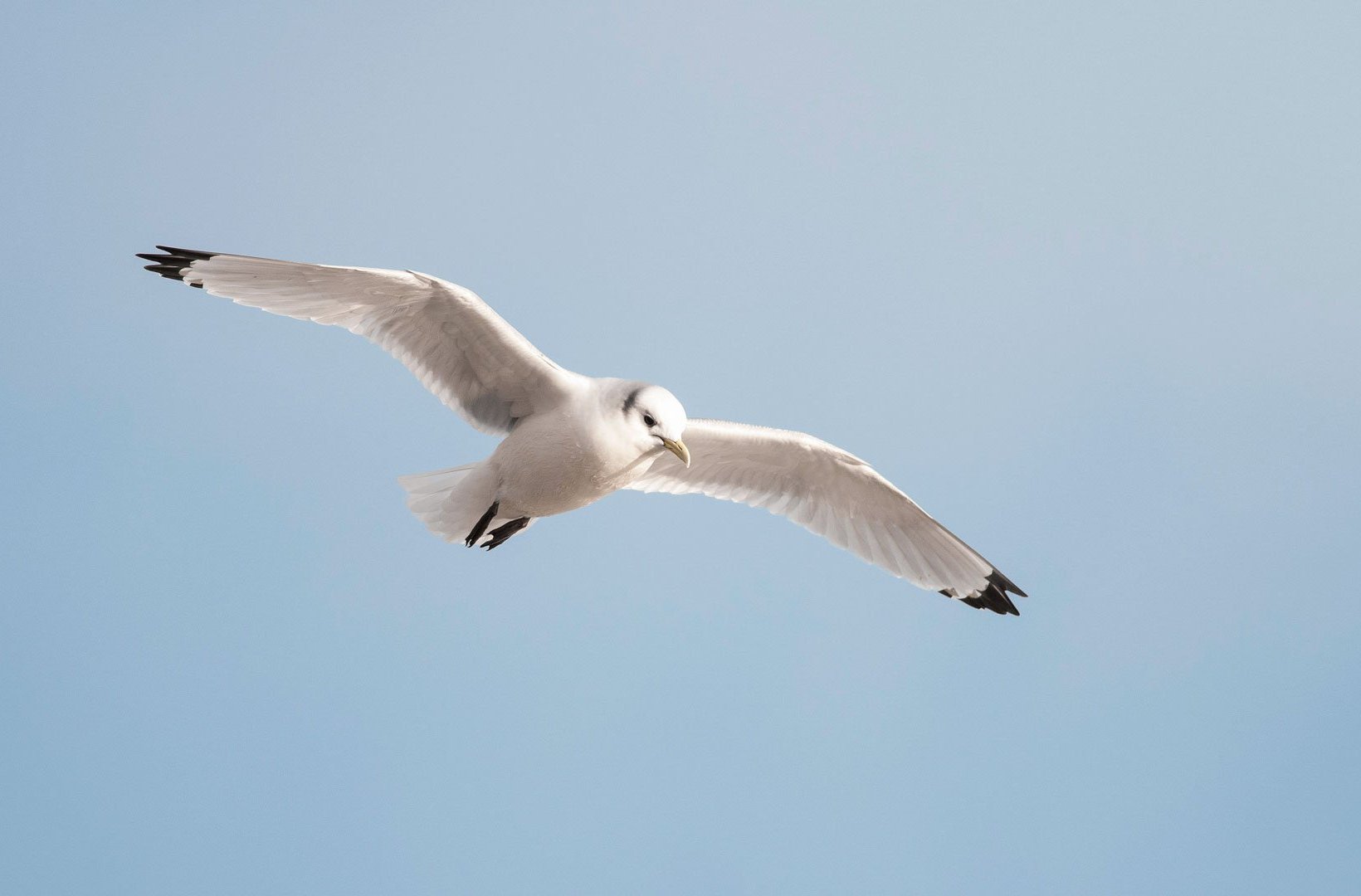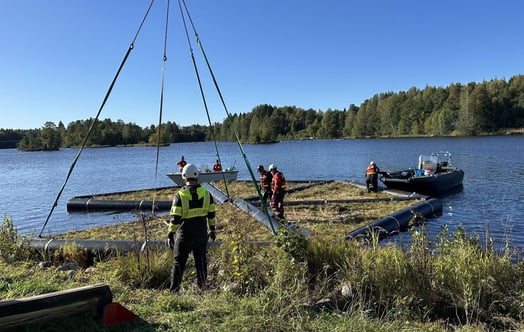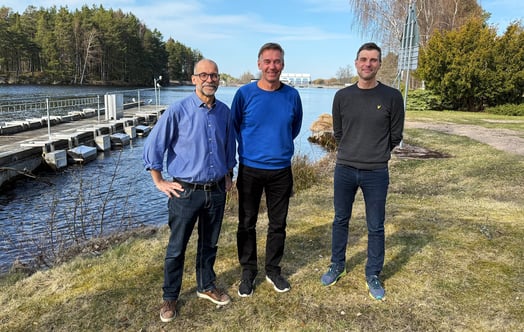
Vattenfall takes seabird tracking to the next level with AI technology
A new trial for tracking seabirds has been launched at Aberdeen Bay Offshore Wind Farm. This time artificial intelligence, AI, is used to gather detailed information of the birds’ movements in the wind farm. The trial builds on the very positive results from a study presented earlier this year.
The project will trial new technology to document how seabirds interact with offshore wind turbines. Norwegian Spoor’s ground-breaking AI technology has been developed to track a bird’s 3D flight path in the immediate vicinity of the turbine blades, providing valuable insights on bird flight patterns and behaviour, as well as potentially detecting collisions.
Being able to document avoidance behaviour accurately is vital for providing more realistic collision-risk modelling. The information and data can then be used as a basis for establishing collision rates more directly, which will help in the planning of new offshore wind farms.
“This exciting, collaborative project is the first of its kind to validate camera technologies for 3D tracking of seabirds in the immediate vicinity of offshore wind turbines.” says Jesper Kyed Larsen, Bioscience Expert at Vattenfall. “Having well understood, high quality data is key to providing the evidence base we need to protect seabirds and plan the offshore wind farms of the future which are vital in the fight against climate change.”
In a previous study, published earlier this year, a combination of radar and camera technology was used to document seabird flight behaviour within the wind farm. While the two-year study did not record any collisions or even near misses in the process, the new research goes further and is able to document the avoidance behaviour very close to the turbines in three dimensions.
A stakeholder advisory panel has been formed to provide advice and input during the course of the project, including experts from the Royal Society for the Protection of Birds, Marine Scotland Science, NatureScot, and the Joint Nature Conservation Committee.
“We’re really excited to be working with Spoor and Vattenfall on this project.” says Aonghais Cook, Principal Ecologist for Renewable Energy at British Trust for Ornithology. “Collecting high quality data as part of projects like this is key to ensuring that we can build developments like offshore wind farms, which are a key part of efforts to minimise the impact of climate change, in a way that does not exacerbate the challenges faced by our internationally important seabird populations. This is particularly important given many species are undergoing significant declines in response to both climate change, and other pressures like Highly Pathogenic Avian Influenza (HPAI).”
Exciting progress has already been made with lots of data on seabird movements coming in and validation trials successfully completed both offshore, with an observer present, and onshore, with a drone. The final results are expected early next summer.



